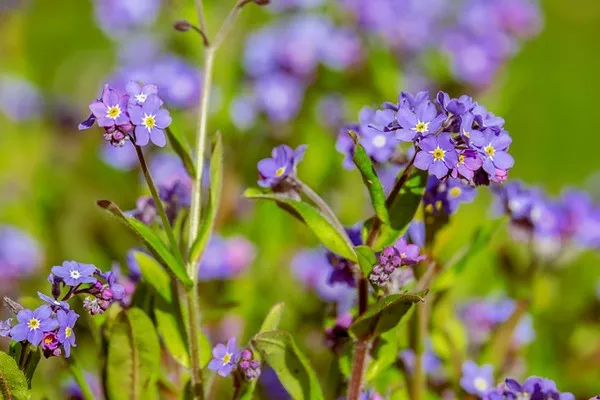The debate over whether native plants or their cultivars attract and nourish more pollinators continues, with ongoing research revealing intriguing insights. While existing studies on the East Coast have produced inconclusive results, a recent study by Jen Hayes, a doctoral candidate at Oregon State University, delves into the Pacific Northwest, examining native plants, their cultivars, and their interaction with pollinators.
Hayes acknowledges the gardening community’s desire for definitive answers but emphasizes the complexity of ecological systems, noting that “in ecology, the answer is often, ‘It depends.'” The study aimed to explore trends in pollinator visitation and utilization by setting up a study with Pacific Northwest natives and their cultivars. The results, however, did not yield a strong and clear outcome.
The gardening community often holds strong opinions, with some groups staunchly anti-cultivar. Hayes challenges this perspective, emphasizing that while there is intrinsic value in planting native plants, it is unfair to vilify cultivars. Cultivars, or cultivated varieties, are plants developed by humans through selective breeding for desirable traits, such as larger flowers or different colors.
Signe Danler, an online instructor for the OSU Extension Service Master Gardener program, provides insights into the distinction between native plants and their cultivars. While cultivars offer aesthetic appeal and stability, they lack the genetic variability found in natural populations, which enables adaptation to changing conditions. Danler suggests that while cultivars are suitable for gardens, they should not be used in restoration projects, where genetic diversity is crucial for adaptation.
The study conducted field trials at the OSU Oak Creek Center for Urban Horticulture in Corvallis, comparing native species with their cultivars. Hayes categorizes pollinators into various groups to represent the diversity of the pollinator population. Interestingly, the findings showed that in many cases, there was no significant difference in visitation between native plants and cultivars.
However, two plant groups, Clarkia amoena (farewell-to-spring) and Eschscholzia californica (California poppy), demonstrated consistent preference by pollinators for the native species over cultivars. Clarkia, in particular, stood out, with pollinators from five groups favoring the species, likely due to its longer and more abundant bloom.
While the study adds valuable insights into the complex relationship between plants, cultivars, and pollinators, it reinforces the notion that definitive answers in ecology are elusive and context-dependent. The research underscores the importance of considering ecological nuances and individual plant characteristics when making decisions about plant choices in different contexts.


